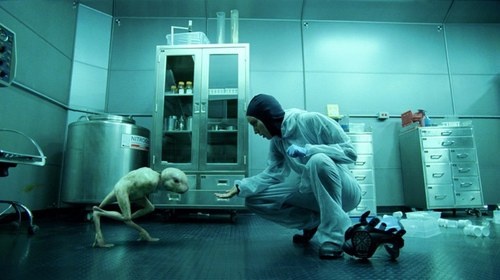
Washington, Dec 21 : Researchers at the Imperial College London scientists are developing technology that could lead to ultrafast DNA sequencing tool within ten years.
The new technology could ultimately sequence a person''s genome in mere minutes, at a fraction of the cost of current commercial techniques.
The research has suggested that scientists could eventually sequence an entire genome in a single lab procedure, whereas at present it can only be sequenced after being broken into pieces in a highly complex and time-consuming process.
Fast and inexpensive genome sequencing could allow ordinary people to unlock the secrets of their own DNA, revealing their personal susceptibility to diseases such as Alzheimer''s, diabetes and cancer.
Joshua Edel, one of the authors on the study from the Department of Chemistry at ImperialCollege London, said: "Compared with current technology, this device could lead to much cheaper sequencing: just a few dollars, compared with 1m dollars to sequence an entire genome in 2007. We haven''t tried it on a whole genome yet but our initial experiments suggest that you could theoretically do a complete scan of the 3,165 million bases in the human genome within minutes, providing huge benefits for medical tests, or DNA profiles for police and security work."
In the new study, the researchers demonstrated that it is possible to propel a DNA strand at high speed using an electrical charge.
Tim Albrecht, another author on the study, said, "The next step will be to differentiate between different DNA samples and, ultimately, between individual bases within the DNA strand (ie true sequencing)."
The findings were published in the journal Nano Letters. (ANI)















